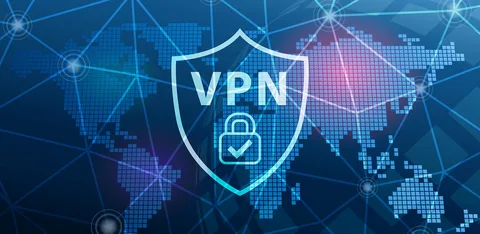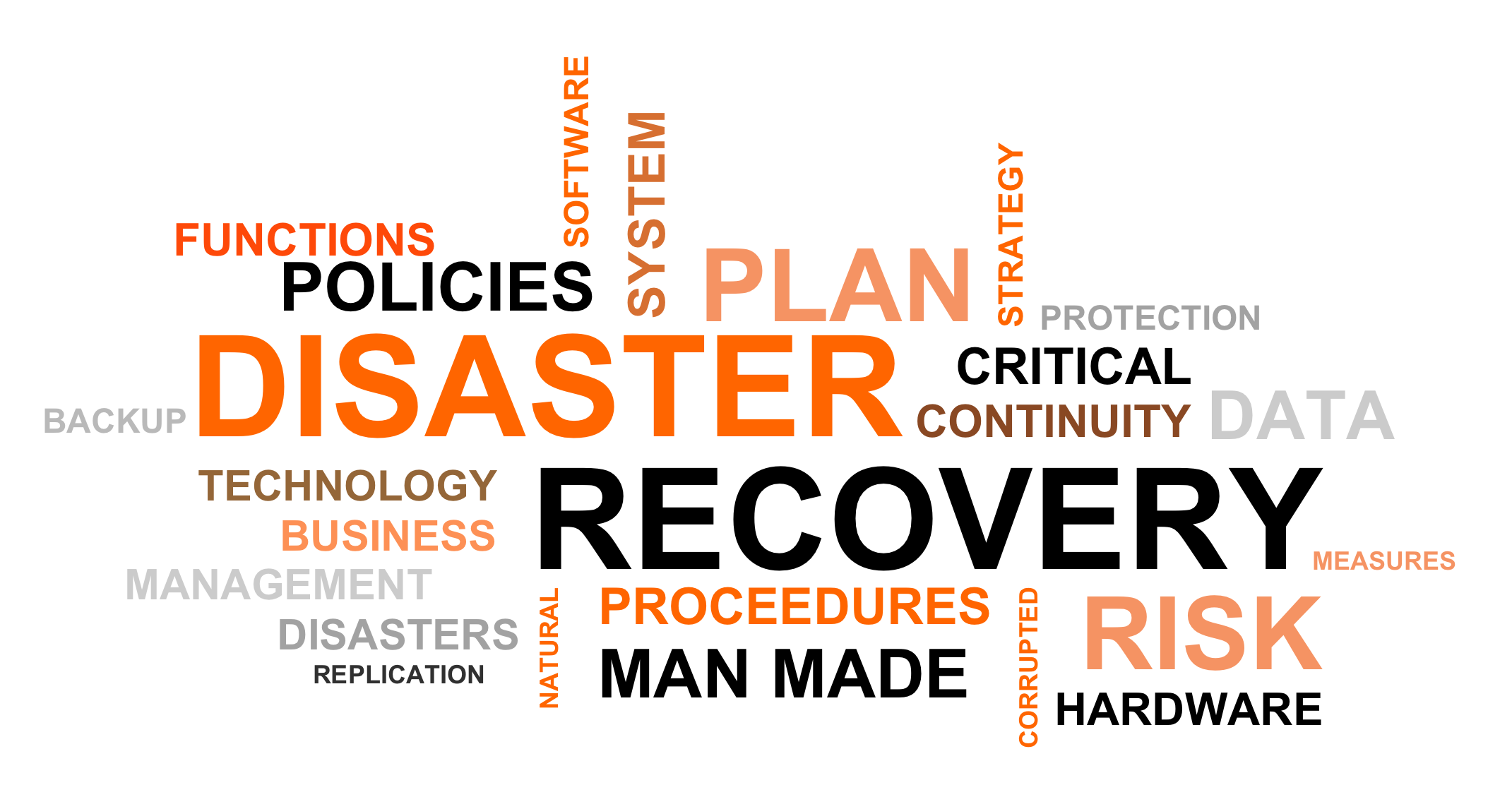
How IT Infrastructure Modernization Drives Business Growth
Introduction
In the digital age, businesses must adapt to rapidly changing technologies to remain competitive. IT infrastructure modernization is a critical strategy that enables organizations to enhance efficiency, improve security, and drive growth. As companies transition from legacy systems to more agile, cloud-based solutions, they can leverage the latest technologies to meet evolving business demands. A key component of this modernization is the implementation of Firewall Management Services, which play a vital role in securing networks and protecting sensitive data. This article explores how modernizing IT infrastructure can drive business growth, emphasizing the importance of robust security measures.
Understanding IT Infrastructure Modernization
What is IT Infrastructure Modernization?
IT infrastructure modernization refers to the process of updating and transforming an organization’s technology systems, applications, and processes to improve performance, scalability, and security. This may involve:
- Upgrading hardware and software
- Migrating to cloud-based solutions
- Implementing automated processes
- Enhancing security protocols
The Need for Modernization
- Rapid Technological Advances: As technology evolves, businesses must adapt to leverage new tools and solutions that enhance productivity and efficiency.
- Increased Security Threats: Cybersecurity threats are becoming more sophisticated, making it essential for organizations to adopt modern security measures.
- Changing Customer Expectations: Customers demand faster, more reliable services, which necessitates a modern IT infrastructure that can support these needs.
Benefits of IT Infrastructure Modernization
1. Improved Operational Efficiency
Modernizing IT infrastructure can significantly enhance operational efficiency by:
- Streamlining Processes: Up-to-date systems enable automation of routine tasks, freeing employees to focus on higher-value activities.
- Faster Decision-Making: Modern tools provide real-time data and analytics, allowing organizations to make informed decisions quickly.
2. Enhanced Flexibility and Scalability
A modern IT infrastructure allows businesses to scale their operations easily. Key advantages include:
- Cloud Solutions: Migrating to cloud-based platforms enables organizations to scale resources up or down based on demand, ensuring they can respond quickly to market changes.
- Agile Development: Modern development practices, such as DevOps, allow for faster deployment of applications and updates, enhancing overall agility.
3. Strengthened Security Posture
Security is a top concern for businesses today. Modernization efforts should include:
- Implementation of Firewall Management Services: These services are essential for protecting networks from unauthorized access and cyber threats. A well-configured firewall can prevent many common attacks and safeguard sensitive data.
- Regular Security Updates: Modern systems come with built-in security features and regular updates, reducing vulnerabilities associated with outdated software.
4. Better Customer Experience
A modern IT infrastructure directly impacts customer satisfaction. Benefits include:
- Faster Service Delivery: Improved systems can process transactions and handle requests more efficiently, leading to quicker service for customers.
- Personalized Experiences: Advanced analytics tools enable businesses to tailor services and communications to individual customer preferences, enhancing engagement.
5. Cost Savings
While modernization may require an initial investment, it can lead to significant long-term savings through:
- Reduced Maintenance Costs: Older systems often incur higher maintenance costs due to their complexity and the need for specialized knowledge.
- Increased Productivity: Automation and improved workflows can lead to higher employee productivity, reducing labor costs over time.
The Role of Firewall Management Services in Modernization
What Are Firewall Management Services?
Firewall Management Services involve the configuration, monitoring, and maintenance of firewalls to protect an organization’s network from unauthorized access and cyber threats. These services are critical for ensuring a secure IT environment during and after modernization efforts.
Importance of Firewall Management Services
- Proactive Threat Management: Continuous monitoring of network traffic helps identify and mitigate potential threats before they escalate into significant security incidents.
- Policy Enforcement: Firewall management services ensure that security policies are consistently applied across the organization, reducing vulnerabilities.
- Incident Response: In the event of a security breach, effective firewall management allows for the rapid identification and containment of threats, minimizing potential damage.
- Compliance Assurance: Many industries have strict regulatory requirements regarding data protection. Firewall management services help organizations meet these compliance standards, avoiding costly fines.
Case Studies: Successful IT Infrastructure Modernization
1. Retail Company
A retail company recognized that its outdated IT infrastructure was hindering growth and customer satisfaction. By modernizing its systems and implementing firewall management services, the company achieved:
- Increased Sales: Enhanced operational efficiency led to a 25% increase in sales due to improved service delivery and customer engagement.
- Reduced Security Incidents: The implementation of robust security measures significantly decreased the number of security breaches, protecting sensitive customer data.
2. Financial Institution
A financial institution faced challenges in meeting regulatory compliance and securing customer information. By modernizing its IT infrastructure and adopting firewall management services, the organization saw:
- Enhanced Compliance: The institution successfully met regulatory requirements, avoiding fines and enhancing its reputation among clients.
- Improved Customer Trust: Enhanced security measures led to increased customer trust, resulting in a 30% rise in new account openings.
Best Practices for IT Infrastructure Modernization
1. Conduct a Comprehensive Assessment
Before initiating modernization efforts, organizations should assess their current IT infrastructure to identify strengths, weaknesses, and areas for improvement.
2. Set Clear Objectives
Define clear goals for modernization efforts, such as improving operational efficiency, enhancing security, or increasing customer satisfaction.
3. Engage Stakeholders
Involve key stakeholders from various departments to ensure that modernization efforts align with overall business objectives and meet the needs of all users.
4. Invest in Security
Prioritize security throughout the modernization process by implementing firewall management services and other security measures to protect sensitive data and systems.
5. Monitor Progress and Adapt
Regularly assess the progress of modernization efforts and remain flexible to adapt strategies as needed based on feedback and changing business requirements.
Conclusion
IT infrastructure modernization is a crucial driver of business growth in today’s fast-paced digital landscape. By updating technology systems, organizations can improve operational efficiency, enhance security, and deliver better customer experiences. Firewall Management Services play a vital role in this modernization journey, providing essential protection against cyber threats and ensuring compliance with industry regulations. By embracing IT modernization, businesses can position themselves for success in an increasingly competitive marketplace.





